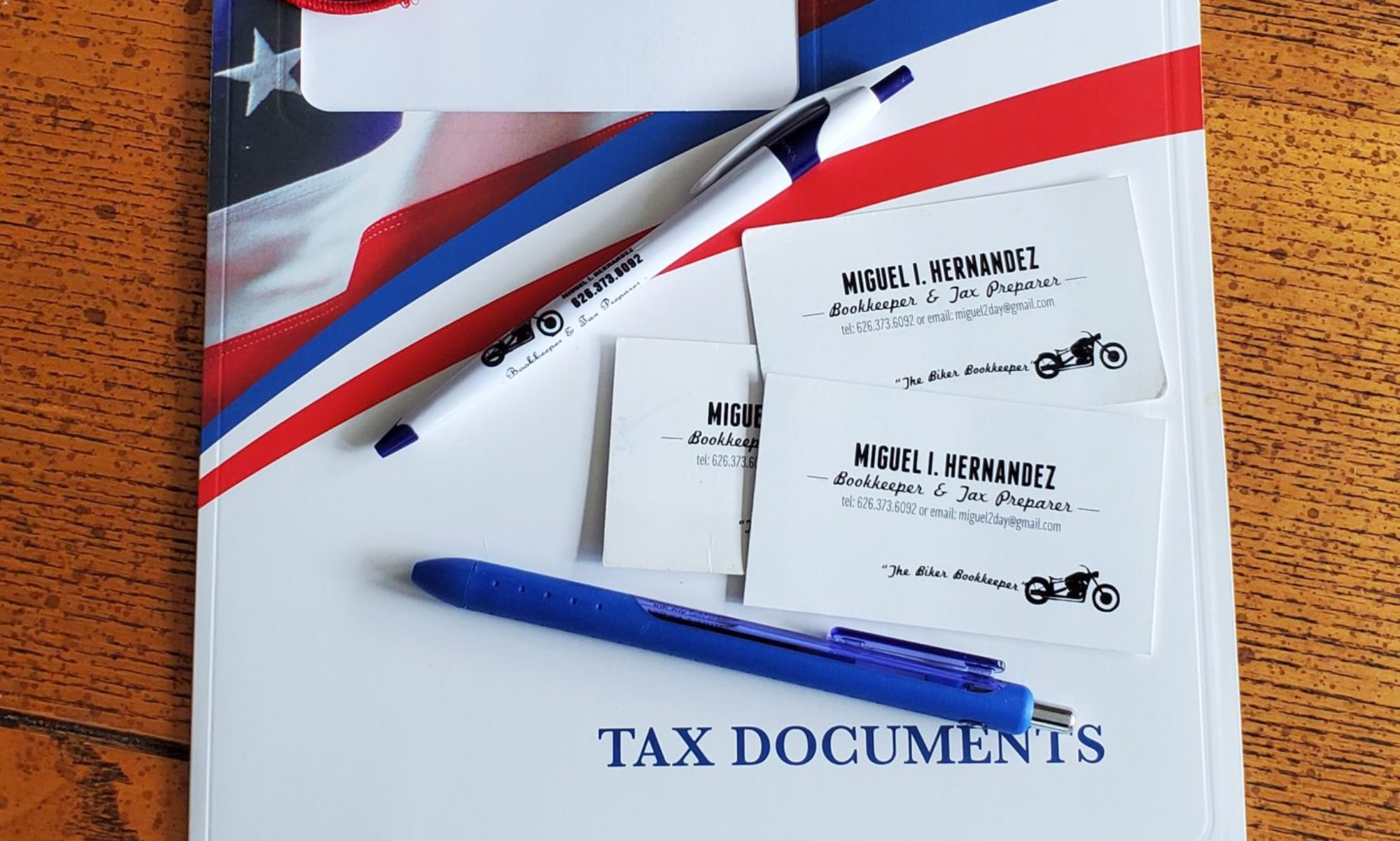Posted from IRS website.
https://www.irs.gov/newsroom/irs-makes-it-easier-to-set-up-payment-agreements-offers-other-relief-to-taxpayers-struggling-with-tax-debts
IR-2020-248, November 2, 2020
WASHINGTON — The Internal Revenue Service today announced a number of changes designed to help struggling taxpayers impacted by COVID-19 more easily settle their tax debts with the IRS.
The IRS assessed its collection activities to see how it could apply relief for taxpayers who owe but are struggling financially because of the pandemic, expanding taxpayer options for making payments and alternatives to resolve balances owed.
“The IRS understands that many taxpayers face challenges, and we’re working hard to help people facing issues paying their tax bills,” said IRS Commissioner Chuck Rettig. “Following up on our People First Initiative earlier this year, this next phase of our efforts will help with further taxpayer relief efforts.”
“We want people to know our IRS employees are committed to continue helping taxpayers wherever possible, including offering many options for those struggling to pay their tax bills,” said Darren Guillot, the IRS Small Business/Self-Employed Deputy Commissioner for Collection and Operations Support. Guillot discussed the new relief options in a new edition of IRS “A Closer Look.”
Taxpayers who owe always had options to seek help through payment plans and other tools from the IRS, but the new IRS Taxpayer Relief Initiative is expanding on those existing tools even more.
The revised COVID-related collection procedures will be helpful to taxpayers, especially those who have a record of filing their returns and paying their taxes on time. Among the highlights of the Taxpayer Relief Initiative:
- Taxpayers who qualify for a short-term payment plan option may now have up to 180 days to resolve their tax liabilities instead of 120 days.
- The IRS is offering flexibility for some taxpayers who are temporarily unable to meet the payment terms of an accepted Offer in Compromise.
- The IRS will automatically add certain new tax balances to existing Installment Agreements, for individual and out of business taxpayers. This taxpayer-friendly approach will occur instead of defaulting the agreement, which can complicate matters for those trying to pay their taxes.
- To reduce burden, certain qualified individual taxpayers who owe less than $250,000 may set up Installment Agreements without providing a financial statement or substantiation if their monthly payment proposal is sufficient.
- Some individual taxpayers who only owe for the 2019 tax year and who owe less than $250,000 may qualify to set up an Installment Agreement without a notice of federal tax lien filed by the IRS.
- Additionally, qualified taxpayers with existing Direct Debit Installment Agreements may now be able to use the Online Payment Agreement system to propose lower monthly payment amounts and change their payment due dates.
Additional details on the Taxpayer Relief Initiative
The IRS offers options for short-term and long-term payment plans, including Installment Agreements via the Online Payment Agreement (OPA) system. In general, this service is available to individuals who owe $50,000 or less in combined income tax, penalties and interest or businesses that owe $25,000 or less combined that have filed all tax returns. The short-term payment plans are now able to be extended from 120 to 180 days for certain taxpayers.
Installment Agreement options are available for taxpayers who cannot full pay their balance but can pay their balance over time. The IRS expanded Installment Agreement options to remove the requirement for financial statements and substantiation in more circumstances for balances owed up to $250,000 if the monthly payment proposal is sufficient. The IRS also modified Installment Agreement procedures to further limit requirements for Federal Tax Lien determinations for some taxpayers who only owe for tax year 2019.
In addition to payment plans and Installment Agreements, the IRS offers additional tools to assist taxpayers who owe taxes:
Temporarily Delaying Collection — Taxpayers can contact the IRS to request a temporary delay of the collection process. If the IRS determines a taxpayer is unable to pay, it may delay collection until the taxpayer’s financial condition improves.
Offer in Compromise — Certain taxpayers qualify to settle their tax bill for less than the amount they owe by submitting an Offer in Compromise. To help determine eligibility, use the Offer in Compromise Pre-Qualifier tool. Now, the IRS is offering additional flexibility for some taxpayers who are temporarily unable to meet the payment terms of an accepted offer in compromise.
Relief from Penalties — The IRS is highlighting reasonable cause assistance available for taxpayers with failure to file, pay and deposit penalties. First-time penalty abatement relief is also available for the first time a taxpayer is subject to one or more of these tax penalties.
All taxpayers can access important information on IRS.gov. Many taxpayers requesting payment plans, including Installment Agreements, can apply through IRS.gov without ever having to talk to a representative.
Other requests, including this new relief, can be made by contacting the number on the taxpayer’s notice or responding in writing. However, to request relief, the IRS reminds taxpayers they must be responsive when they receive a balance due notice.
“If you’re having a tax issue, don’t go silent. Please don’t ignore the notice arriving in your mailbox,” Guillot said. “These problems don’t get better with time. We understand tax issues and know that dealing with the IRS can be intimidating, but our employees really are here to help.”
Throughout COVID-19, the IRS has continued to adjust operations to help ensure the health and safety of employees and taxpayers, including the extensive and temporary relief of the IRS People First Initiative. More information and background on the collection relief and procedures can be found in “A Closer Look.”
“While it’s been important for us and the nation to resume our critical tax compliance responsibilities, we continue to assess the wide-ranging impacts of COVID-19 and other difficulties people are experiencing,” Guillot said.



